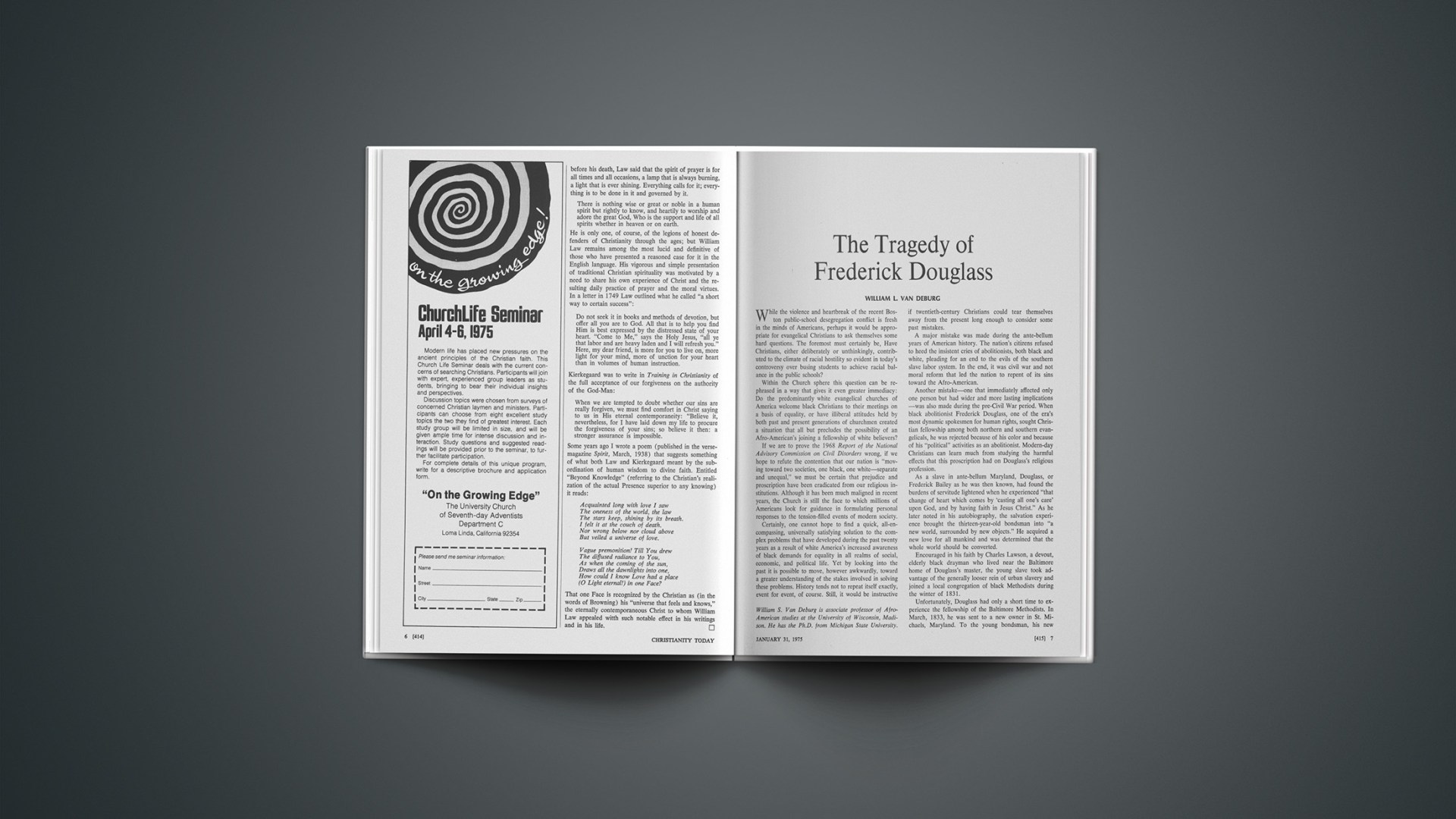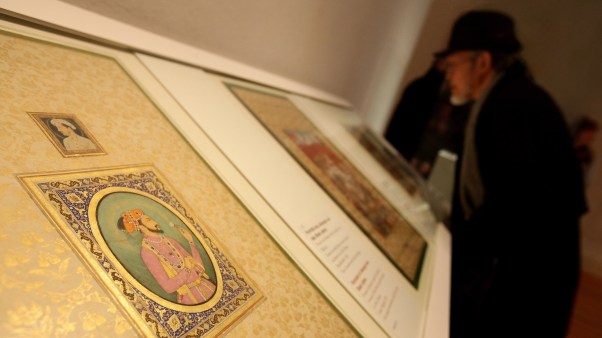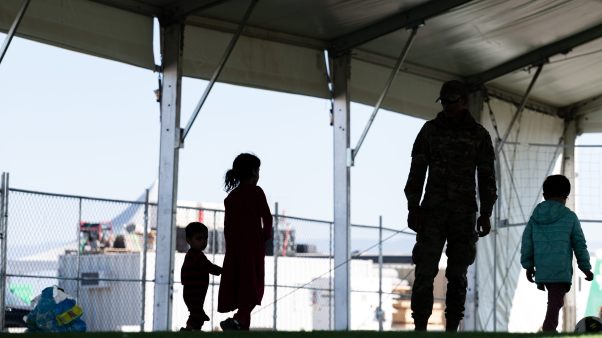While the violence and heartbreak of the recent Boston public-school desegregation conflict is fresh in the minds of Americans, perhaps it would be appropriate for evangelical Christians to ask themselves some hard questions. The foremost must certainly be, Have Christians, either deliberately or unthinkingly, contributed to the climate of racial hostility so evident in today’s controversy over busing students to achieve racial balance in the public schools?
Within the Church sphere this question can be rephrased in a way that gives it even greater immediacy: Do the predominantly white evangelical churches of America welcome black Christians to their meetings on a basis of equality, or have illiberal attitudes held by both past and present generations of churchmen created a situation that all but precludes the possibility of an Afro-American’s joining a fellowship of white believers?
If we are to prove the 1968 Report of the National Advisory Commission on Civil Disorders wrong, if we hope to refute the contention that our nation is “moving toward two societies, one black, one white—separate and unequal,” we must be certain that prejudice and proscription have been eradicated from our religious institutions. Although it has been much maligned in recent years, the Church is still the face to which millions of Americans look for guidance in formulating personal responses to the tension-filled events of modern society.
Certainly, one cannot hope to find a quick, all-encompassing, universally satisfying solution to the complex problems that have developed during the past twenty years as a result of white America’s increased awareness of black demands for equality in all realms of social, economic, and political life. Yet by looking into the past it is possible to move, however awkwardly, toward a greater understanding of the stakes involved in solving these problems. History tends not to repeat itself exactly, event for event, of course. Still, it would be instructive if twentieth-century Christians could tear themselves away from the present long enough to consider some past mistakes.
A major mistake was made during the ante-bellum years of American history. The nation’s citizens refused to heed the insistent cries of abolitionists, both black and white, pleading for an end to the evils of the southern slave labor system. In the end, it was civil war and not moral reform that led the nation to repent of its sins toward the Afro-American.
Another mistake—one that immediately affected only one person but had wider and more lasting implications—was also made during the pre-Civil War period. When black abolitionist Frederick Douglass, one of the era’s most dynamic spokesmen for human rights, sought Christian fellowship among both northern and southern evangelicals, he was rejected because of his color and because of his “political” activities as an abolitionist. Modern-day Christians can learn much from studying the harmful effects that this proscription had on Douglass’s religious profession.
As a slave in ante-bellum Maryland, Douglass, or Frederick Bailey as he was then known, had found the burdens of servitude lightened when he experienced “that change of heart which comes by ‘casting all one’s care’ upon God, and by having faith in Jesus Christ.” As he later noted in his autobiography, the salvation experience brought the thirteen-year-old bondsman into “a new world, surrounded by new objects.” He acquired a new love for all mankind and was determined that the whole world should be converted.
Encouraged in his faith by Charles Lawson, a devout, elderly black drayman who lived near the Baltimore home of Douglass’s master, the young slave took advantage of the generally looser rein of urban slavery and joined a local congregation of black Methodists during the winter of 1831.
Unfortunately, Douglass had only a short time to experience the fellowship of the Baltimore Methodists. In March, 1833, he was sent to a new owner in St. Michaels, Maryland. To the young bondsman, his new master, Captain Thomas Auld, appeared to be an intensely selfish man who was wholly caught up in the pride of mastery and the love of domination. Understandably, after Auld made a formal profession of religion at an August, 1833, Methodist camp meeting, Douglass hoped his master would reform his “cruel” and “cowardly” ways.
But Douglass was confronted with the apparent reality that a Christian profession was no guarantee of a Christ-like treatment of the slave. Thomas Auld’s home exuded piety. Both in the morning and in the evening, he and his wife sang hymns and prayed. Soon the new convert was hosting visiting clerics, leading classes, and participating in revivals. Yet, to Douglass’s mind, Auld’s conversion made him even “more cruel and hateful in all his ways.” Conversion neither led him to free his slaves nor caused him to treat them with greater humanity.
Before escaping to the North in September, 1838, Douglass saw his covertly operated Sabbath school broken up by a mob that included Auld and other “professedly holy men”; he witnessed the perversion of the Scriptures under which slave-owners brutally whipped their chattels while quoting Luke 12:47 (“That servant who knew his master’s will, but did not make ready or act according to his will, shall receive a severe beating”); he felt the lash of a slave-breaker who, despite his cruelty, was said to “enjoy religion.”
These contradictions between the ideal of Christian virtue and the reality of Christian behavior caused Douglass much mental and spiritual anguish, but he did not renounce his Christian creed. He was now a free man, and as he later wrote, “The contest was now ended; the chain was severed; God and right stood vindicated.” The churchmen of the North, unlike those of the South, would treat him as a brother in Christ, he thought.
Encouraged by the prospects before him, Douglass sought to join a local church body in his new home of New Bedford, Massachusetts. He went to the Elm Street Methodist Church for a Sunday morning worship service. As he made his way up the aisle to take a seat, an usher touched him on the shoulder and said, pointing, “The colored people sit up there.” After listening to the white preacher’s sermon from the “nigger gallery” and then discovering that he would be allowed to participate in the Lord’s Supper only after all the white Christians had received the elements, Douglass left the Elm Street church, never to visit it again. Disillusioned by this experience, the former slave found it impossible to respect the religious profession of those Christians who were held captive by the chains of anti-Negro prejudice.
In subsequent weeks, Douglass attended other churches in New Bedford with the same result. When one of them was holding a revival, he attempted to attend a meeting, only to be stopped by one of the deacons and told “We don’t allow niggers in here.” Eventually he sought spiritual aid and refreshment in a small African Methodist Episcopal Zion congregation, but he separated from that body when he discovered that its black minister had been persuaded to join the white clergymen of New Bedford in refusing to give out notices of anti-slavery meetings.
Douglass had joined the anti-slavery forces shortly after he arrived in the North. Before long the combination of the warm welcome given him by the anti-slavery reformers and the cold shoulder offered him by the churchmen moved Douglass to renounce most of his ties to the institutional church, and the abolitionist platform soon eclipsed the pulpit in Douglass’s esteem. In later years this pattern not only led to his alienation from the earthly church but also figured significantly in his rejection of the power of the Christians’ God.
Separated from his early denominational roots and influenced by liberal religionists within the reform movement such as Theodore Parker, William Lloyd Garrison, and Henry C. Wright, Douglass came to believe in a personalized social gospel that venerated the works of man while discrediting the idea that God’s power could be relied upon to destroy the abject wickedness of the nation’s slave system. According to Douglass, only enlightened man, aided and supported by the strength of his own intellect, could solve the multitudinous and diverse problems of mankind. The true philosophy of reform that would set man on the path toward solving the world’s ills was to be found not in the heavens but in humanity itself.
In July, 1886, the ex-slave summed up his views of a Christianity whose central character was no longer a viable part of his theology. “It is something to give the Negro religion,” he wrote. “It is more to give him the ballot. It is something to tell him that there is a place for him in the Christian’s heaven; it is more to let him have a place in this Christian country to live upon in peace.”
Douglass had become vastly more liberal in his religious beliefs because he was discouraged over the contradiction between Christian theory and practice. As the black abolitionist had charged during the ante-bellum crusade against slavery, “humanity” seemed to be “received more cordially in the street than in the church.” Anti-Negro prejudice alienated Douglass first from the institutional evangelical church and then from the theology of that church. Perhaps some twentieth-century blacks, finding that they are welcomed into the Christian fold only through the doors of predominantly black church bodies, will follow in his footsteps.
Can we learn from past mistakes?










